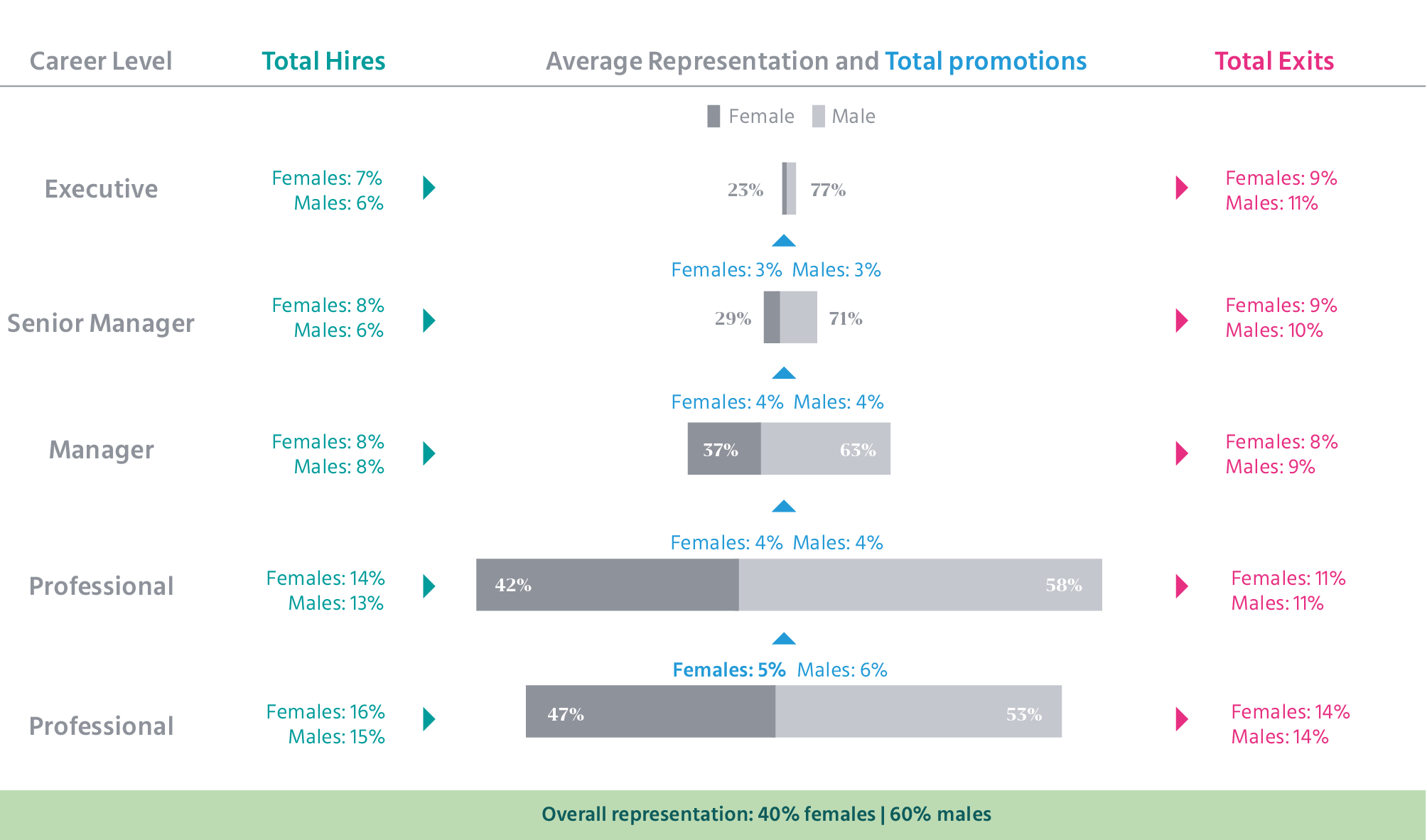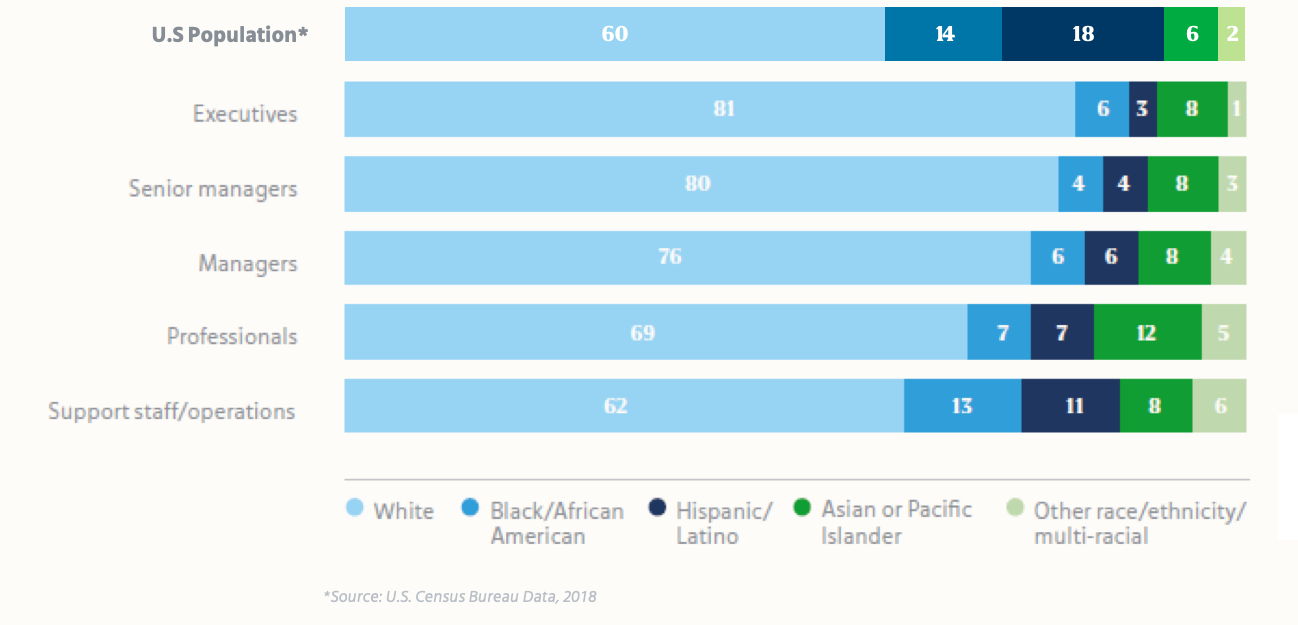On August 26, 2020, the US will recognize the centennial of the certification of the 19th amendment, solidifying women’s right to vote. A hundred years later, women roughly hold only one-quarter of elected or appointed federal government positions, while making up half of the US population. Let us also not gloss over our past, when Native American women were not allowed to vote until granted citizenship through the Snyder Act of 1924. Moreover, although legally entitled to vote, women of color were effectively denied voting rights in numerous states until the Voting Rights Act of 1965 was passed. Although women’s political empowerment has improved since then, there is significant room for growth — and this is not an issue the United States faces alone.
Where does women’s political empowerment stand today?
The World Economic Forum assesses the level of women’s political empowerment by “measur[ing] the gap between men and women at the highest level of political decision-making through the ratio of women to men in ministerial positions and the ratio of women to men in parliamentary positions.” As part of its assessment, the Forum also considers “the ratio of women to men in terms of years in executive office (prime minister or president) for the last 50 years.”
According to the World Economic Forum’s Global Gender Gap Report 2020, political empowerment has seen very little progress globally. Sadly, the political gender gap will take 95 years to close.
Furthermore, women hold only 25% of parliament positions and 21% of ministerial posts, and less than half (47%) of countries have had a least one female head of state in the past 50 years (with only 20 female heads of state in July 2020). And while women have the right to vote in all countries except Vatican City, they still face significant legal and cultural barriers in many countries when casting their votes.
World Economic Forum’s Global Gender Gap Report 2020: Women’s Political Empowerment

In the Global Gender Gap Report, the US is ranked 53rd (out of 153 countries) globally in political empowerment due to the low ratio of women to men in Congress and the federal executive departments (ministries), and the absence of a female head of state in the past 50 years. Here are today’s figures:
- 127 women serving in the US Congress (23.7% female representation)
- 26 women serving in the Senate (26% female representation)
- 101 women in the House (23.2% female representation)
- Two female heads of the executive departments (Elaine Chao, Secretary of Transportation, and Betsy DeVos, Secretary of Education).
The number of women in statewide elective executive posts is 90, and the proportion of women in state legislatures is 29.2 percent (CAWP).
While Kamala Harris is breaking glass ceilings as the first Black and first Asian American woman candidate nominated as Vice President for Joe Biden’s presidential campaign, women of color are still severely underrepresented in government.
According to Represent Women, women of color represent 19% of the US population, but only make up:
- 8.8% of members of Congress
- 2.0% of governors
- 7.3% of state legislators
- 10.0% of mayors in 100 largest cities
The lack of representation of women — particularly women of color — results in women’s voices and concerns being minimized in our predominately male (and white, in the US) government.
What does women’s empowerment look like in the workplace today?
Compared to political empowerment, women’s empowerment in the workplace does not fare much better. There are very few women leading organizations. A recent headline from Fortune highlights this disparity: “Next Clorox boss will bring the number of Fortune 500 women CEOs to 38, highest yet.” Can we all step back and say a collective “yikes”?
According to Mercer’s 2020 global report, Let’s Get Real About Equality, the average global organization consists of 40% women and 60% men — a slight increase of 2 percentage points compared to the 2016 data. Women make up 47% of support staff, but as career levels rise, women’s representation declines (23% at the executive level). Unfortunately, we see this common trend across most organizations globally.





